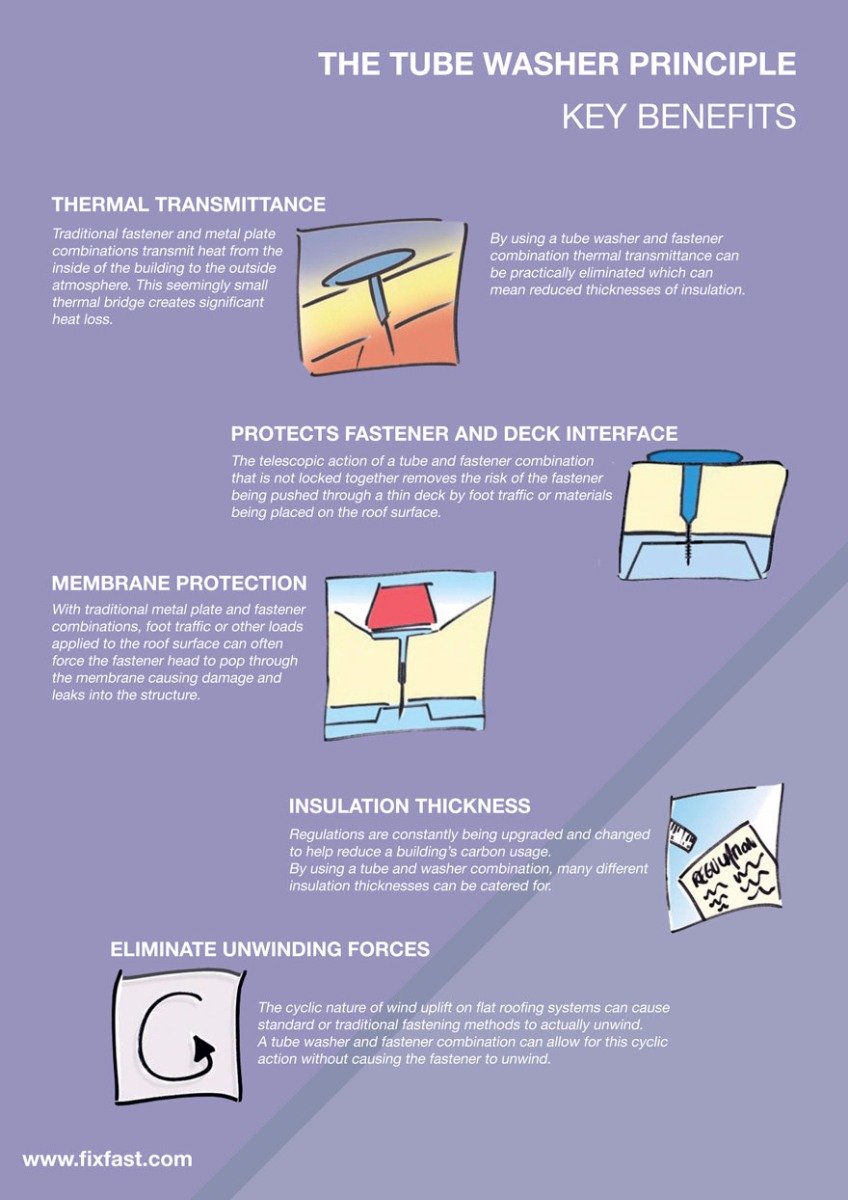Examine The Expenses And Benefits Of Solar Setup To Highlight The Prospective Economic Gains For Those Exploring This Renewable Energy Service
Examine The Expenses And Benefits Of Solar Setup To Highlight The Prospective Economic Gains For Those Exploring This Renewable Energy Service
Blog Article
simply click the next website page By-Mathis Albertsen
When considering the expenses of solar installation, you might wonder about the upfront investment required and whether it lines up with the prospective long-term advantages. Understanding the complexities of these expenditures and the various factors influencing the overall return can clarify the value proposal of transitioning to solar energy. By evaluating both the first arrangement expenses and the forecasted financial savings over time, you can gain insight right into whether the financial investment in solar installation holds assurance for your economic future.
First Arrangement Costs
When considering the costs of solar setup, the first setup costs play an important role in your decision-making process. These ahead of time expenses include the price of solar panels, inverters, placing devices, and installation labor.
The cost of photovoltaic panels can vary relying on the brand, efficiency, and dimension you pick. Inverters are vital for converting the sun's energy right into usable power and can be found in various kinds such as string inverters, microinverters, and power optimizers, each with its own cost implications.
Installing equipment, such as shelfs and rails, is necessary to safely install solar panels on your roofing or home.
The setup labor expense covers the expert installation of the solar system, making sure that every little thing is established correctly and effectively. Keep in mind that while these preliminary arrangement costs may appear high, there are frequently refunds, tax obligation incentives, and funding choices offered to help counter the costs and make solar installation more affordable in the future.
Long-Term Financial Savings Evaluation
To understand the economic benefits of solar installment in time, it's important to conduct a detailed long-lasting cost savings evaluation. While the initial arrangement costs of photovoltaic panels might seem daunting, the lasting cost savings can surpass these costs dramatically. By taking advantage of the power of the sun to generate electrical power for your home, you can possibly save hundreds of dollars on your utility bills over the lifespan of your solar system.
Among the crucial factors to consider in a long-term savings evaluation is the decrease in your power bills. With solar panels, you can produce your power, minimizing and even eliminating your dependence on the grid. https://pv-magazine-usa.com/2022/11/14/the-role-of-solar-in-the-inflation-reduction-act/ can cause considerable financial savings, especially as utility rates remain to climb.
Additionally, numerous governments provide incentives such as tax obligation credit scores and refunds for mounting photovoltaic panels, additionally enhancing your long-lasting cost savings. By making the most of these incentives and maximizing your solar power manufacturing, you can appreciate considerable financial advantages for years ahead.
Roi Computation
Taking into consideration the financial advantages of solar installment, it's time to evaluate the Return on Investment (ROI) computation. Establishing the ROI includes comparing the total prices of setting up a solar system with the economic advantages it creates over its life expectancy.
To compute ROI, separate the internet profit from the system by the complete investment expense and multiply by 100 to get a percent. The ROI formula is: (Net Revenue/ Total Amount Investment Expense) x 100.
As an example, if the overall cost of installing a solar system is $20,000, and over its life-span, it generates financial savings and incomes completing $30,000, the net profit would be $10,000. Separating this by the complete investment cost of $20,000 provides a ratio of 0.5. Increasing this by 100 provides an ROI of 50%.
Typically, a higher ROI indicates an extra monetarily satisfying financial investment. Variables like government motivations, upkeep prices, and power cost fluctuations can affect the ROI of solar setups. Understanding the ROI assists in analyzing whether purchasing solar energy deserves it in the future.
Conclusion
To conclude, recognizing the expenses of solar setup is critical for identifying if it deserves the financial investment. By thinking about Recommended Web page , performing a lasting savings analysis, and calculating the return on investment, you can make a notified choice about the financial worth of solar energy. With the possibility for reduced utility bills and enhanced power independence, purchasing solar installment can be a wise choice for both your purse and the atmosphere.
